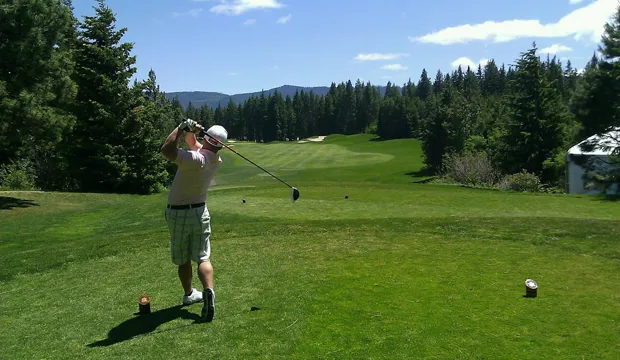
Pulleys - forces in motion
Calculate tension force using pulleys
This engaging activity will teach students how to calculate tension force using pulleys.
This experiment requires students to measure and record the masses of the two objects, set up a pulley system, and capture the motion of the masses through video recording. They will then use the principles of force diagrams and Newton's second law to write equations for each object and make their predictions.
The practical is designed to be easily set up and carried out in a maths classroom using simple equipment. It will help students to understand the mechanics topic of kinematics as well as constant acceleration equations in AS and A level mathematics.
Activity: Calculating tension force using pulleys
In this activity two objects are connected via a string that passes over a pulley; then they are released from rest. Participants are tasked to use their knowledge of mechanics to predict the time taken for the heavier object to fall to the ground and the greatest height reached by the lighter object. Once each participant has made their calculations, complete the experiments, and compare to the predictions.
The video features the equipment needed and the practical procedure. The teacher notes contain additional guidance on carrying out the activity, sample calculations and suggested points for discussion, as well as an indication of some relevant real-life applications.
Tools/supplies needed:
- A recording device like a smartphone
- Board
- 2 cup hooks
- 2 washing line pulleys
- Long piece of string with 3 loops in it
- 3 different masses, e.g. different coloured plasticine
- Pencil
- Ruler
- Tape measure/plumb line
- Protractor
- Kitchen scales
- Sticky tape
The engineering context
By understanding the forces and motion of connected objects, students will gain insights into the engineering principles behind elevators, cranes, car & caravan systems, and parachutes.
Suggested learning outcomes
Upon completion of this activity, students will have a solid understanding of how to apply Newton's second law to real-world situations. They will learn how to draw force diagrams for each object, calculate the weight of each object, and write an equation for each object. Moreover, they will develop critical thinking skills as they compare their predictions with actual results and discuss factors affecting the accuracy of their predictions.
Download our activity sheet and related teaching resources for free!
The activity sheet includes teachers’ notes, useful web links, and links (where appropriate) to the national curriculum in each of the four devolved nations; England, Northern Ireland, Scotland and Wales.
All activity sheets and supporting resources are free to download (including the video!), and all the documents are fully editable, so you can tailor them to your students’ and your schools’ needs.
Download our classroom lesson plan below.
Please do share your highlights with us @IETeducation.



